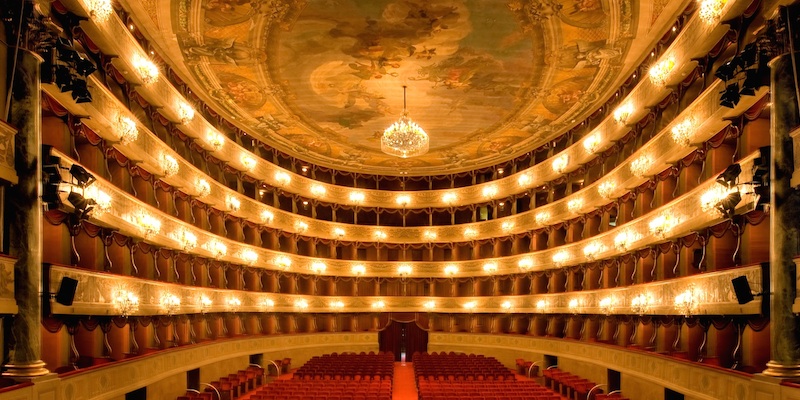Would you like to learn about the development of art in France at a glance?

French art is a broad term that encompasses a wide range of art forms and styles from France and the French-speaking world. French art has a long and rich history that dates back to ancient times and has been influenced by a variety of cultures and artistic movements.
see also: 5 French Artists to Listen When You Want to Feel Like You Are in An Old French Movie
One of the most well-known periods in French art is the Baroque period, which lasted from the late 16th to the early 18th century. During this time, French art was characterized by ornate and extravagant styles, with a focus on grandeur and drama. The Baroque period saw the emergence of famous French artists such as François Boucher, Jean-Antoine Watteau, and Jean-Honoré Fragonard, who were known for their elaborate paintings, sculptures, and decorative arts.
The French Revolution in the late 18th century marked a significant turning point in French art, as it brought about major social and political changes that influenced artistic expression. The Romantic movement, which emerged in the early 19th century, also had a significant impact on French art, with a focus on emotion, nature, and imagination. Famous French Romantic artists include Eugène Delacroix, Jean-François Millet, and Théodore Géricault.
The Impressionist movement, which emerged in the late 19th century, is another significant period in French art. Impressionist artists were known for their use of light and color to capture the fleeting effects of light and atmosphere in their paintings. Famous French Impressionist artists include Claude Monet, Pierre-Auguste Renoir, and Édouard Manet.
In the 20th and 21st centuries, French art has continued to evolve and be influenced by a variety of artistic movements and styles. French art continues to be highly regarded and appreciated around the world, with famous contemporary French artists such as Jean-Michel Basquiat, Pierre Soulages, and Sophie Calle.
Baroque Period in France
The Baroque period was a style of art that emerged in the late 16th century and lasted until the early 18th century. It was particularly influential in France, where it had a significant impact on the development of art and architecture.
During the Baroque period in France, art was characterized by ornate and extravagant styles, with a focus on grandeur and drama. French Baroque artists used a variety of techniques to create dramatic effects, such as dramatic lighting, exaggerated perspectives, and elaborate ornamentation.
The Baroque period saw the emergence of many famous French artists, such as François Boucher, Jean-Antoine Watteau, and Jean-Honoré Fragonard, who were known for their elaborate paintings, sculptures, and decorative arts. Baroque art was also prevalent in French architecture, with the construction of many grand and ornate buildings, such as the Palace of Versailles.
French Baroque art was influenced by the counter-reformation movement in the Catholic Church and was intended to evoke strong emotional responses in the viewer. It had a significant impact on the development of European art and continues to be highly regarded and appreciated today.
The French Revolution had a significant impact on the development of art in France and Europe. During the Revolution, art was used as a means of expressing political and social ideas and as a tool for propaganda.
One of the most notable aspects of the French Revolution was the rise of the Neoclassical style, which was inspired by the classical art of ancient Greece and Rome. Neoclassicism was characterized by a focus on order, symmetry, and simplicity and was seen as a reaction against the elaborate and ornate styles of the Baroque and Rococo periods.
Many French Revolution-era artists, such as Jacques-Louis David, were inspired by the ideals of the Revolution and used their art to promote republican values and promote the Revolution. David’s paintings, such as “The Death of Marat” and “The Tennis Court Oath,” were particularly influential and helped to define the Neoclassical style.
The French Revolution also saw the rise of popular prints and posters as a means of spreading political messages and propaganda. These prints often featured bold, simple graphics and slogans and were used to promote revolutionary ideals and mobilize the public.
Overall, the French Revolution had a significant impact on the development of art in France and Europe and helped to shape the artistic movements and styles of the 19th and 20th centuries.







